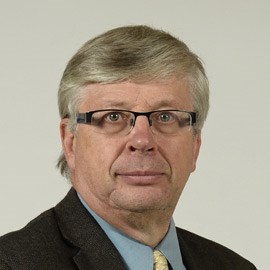Premier Scott Moe’s position on equalization has tongues wagging.
This is likely a good thing, because equalization tends to be one of those important, but dense and boring issues we choose to ignore because of its complexity.
However, the bad thing about wagging tongues is they produce distracting noise that sometimes doesn’t add all that much.
So let us look today at some of the things we are hearing about equalization, the things we should be paying more attention to and maybe a few things we should ignore.
First of all, it’s unfair that Quebec gets the lion’s share just because of politics.
Quebec does get the lion’s share — about $11 billion of the $18 billion in the pool.
And there is a legitimate reason this is unfair, but maybe not entirely for the reasons you might think.
Quebec does better than most provinces because of the size of the province, the nature of its economy and the nature of the revenue formula that excludes its ample revenue from hydro-electric energy.
On a per capita basis, Manitoba does better by the equalization formula than Quebec because of the amount of hydro-electrical wealth relative to the size of the province.
However, it’s actually the traditionally more economically deprived Atlantic provinces that benefit most from the equalization formula.
Justin Trudeau is refusing to change the formula because it benefits Quebec, thus helping the federal Liberals, politically.
This is true, but like most matters related to equalization, it is far more complex than that. Trudeau snuck another five years of the current equalization formula in omnibus budget bill C-74.
This is the same tactic Liberals rightly complained about when it was used by the Stephen Harper Conservatives.
However, let us recall the former Conservative government of Stephen Harper and now Alberta United Conservative Party leader Jason Kenney were no more eager to change the formula for the exact same reasons that it might offend their Quebec vote.
In fact, Harper went so far in his 2006 election campaign as to promise to remove all non-renewal resources from the formula, a policy that would have brought a minimum extra $800 million a year to Saskatchewan. (It would have also rendered the entire formula useless, likely making Alberta and Saskatchewan permanent “have-not” provinces.)
Let us also be clear that was when the then-Saskatchewan NDP government and Saskatchewan Party Opposition under Brad Wall fully endorsed Harper’s 2006 campaign promise to remove non-renewables.
However, when the Sask. Party government got into power in 2007, it changed its support for this policy when Harper made it clear his government had no interest in keeping the promise.
Also, Saskatchewan hasn’t drawn from the formula in 11 years and now subsidizes Quebec’s cheap university tuition because Quebec draws equalization every year.
It is true Saskatchewan hasn’t received equalization money in a decade and Quebec draws from it annually. One should also note Saskatchewan was rather well off because of oil and potash revenue for much of this period.
As per Saskatchewan taxpayers subsidizing Quebec schools, equalization doesn’t work that way.
It’s a federal program, meaning there is no designated provincial money going into it.
Furthermore, a 10-per-cent PST in Quebec may be one big reason tuition is lower in that province (although, again, the hydro revenue question simply has to be addressed).
And, Premier Scott Moe’s proposal would solve equalization inequities.
Some argue it would help, but it would also mean Quebec, Ontario and British Columbia (all rich provinces) would get proportionally more because of their large populations.
Meanwhile, small Maritime provinces would be hurt. So would Saskatchewan, if it truly does become a “have-not” province again.



